Decorative stained glass windows have captivated homeowners, architects, and artists for centuries. Their ability to blend artistry with functionality makes them an extraordinary addition to any space. Today, I want to take you on an in-depth journey into the world of decorative stained glass windows, sharing personal experiences, tips, and insights that will help you appreciate and perhaps even incorporate these beautiful pieces into your own environment.
The Rich History of Stained Glass Windows
The art of stained glass dates back to the early Christian era, where churches and cathedrals used it to convey biblical stories and teachings. The intricate designs were not just for aesthetic enjoyment; they served to educate a largely illiterate population. Over time, this art form evolved, finding its way into secular spaces and homes.
Understanding the Craftsmanship
Stained glass is not merely colorful glass; it’s a combination of artistry and engineering. Craftspeople hand-select colors and shapes, often using techniques like engraving and etching to add depth and dimension.
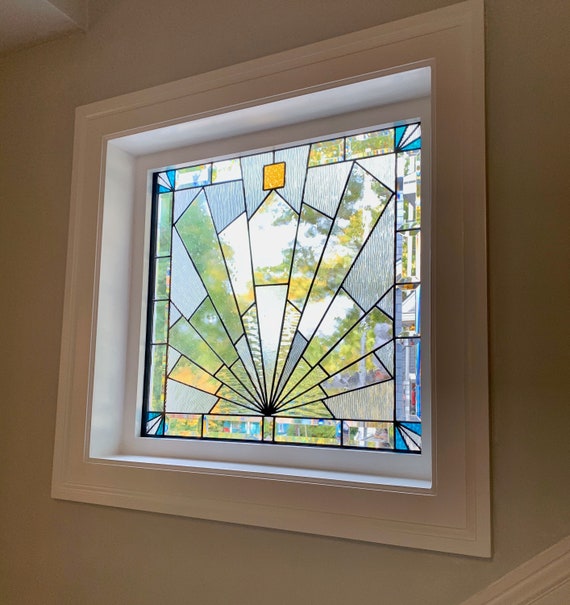
Materials Used in Stained Glass
- Glass: Various types, including leaded, float, and opalescent glass.
- Lead Came: The strips of lead used to hold the glass pieces together.
- Flux and Solder: Essential for sealing the joints between pieces.
Types of Decorative Stained Glass Windows
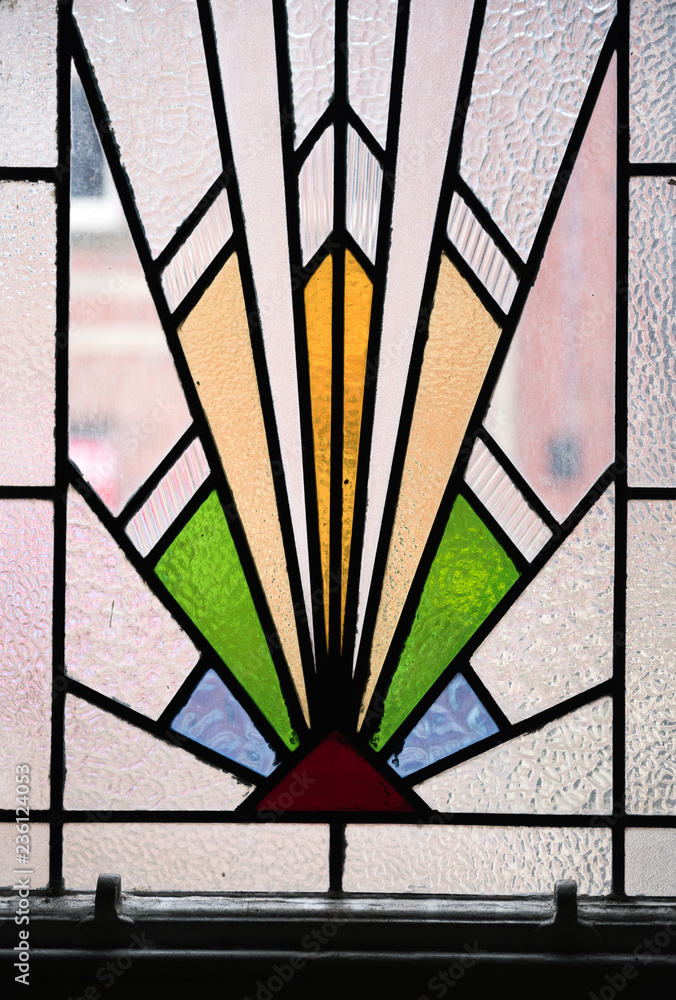
When considering stained glass, it’s essential to know the various styles available. Each type has its unique charm and can dramatically influence the character of a room.
Classic Styles
Classic stained glass windows often feature traditional designs, including:
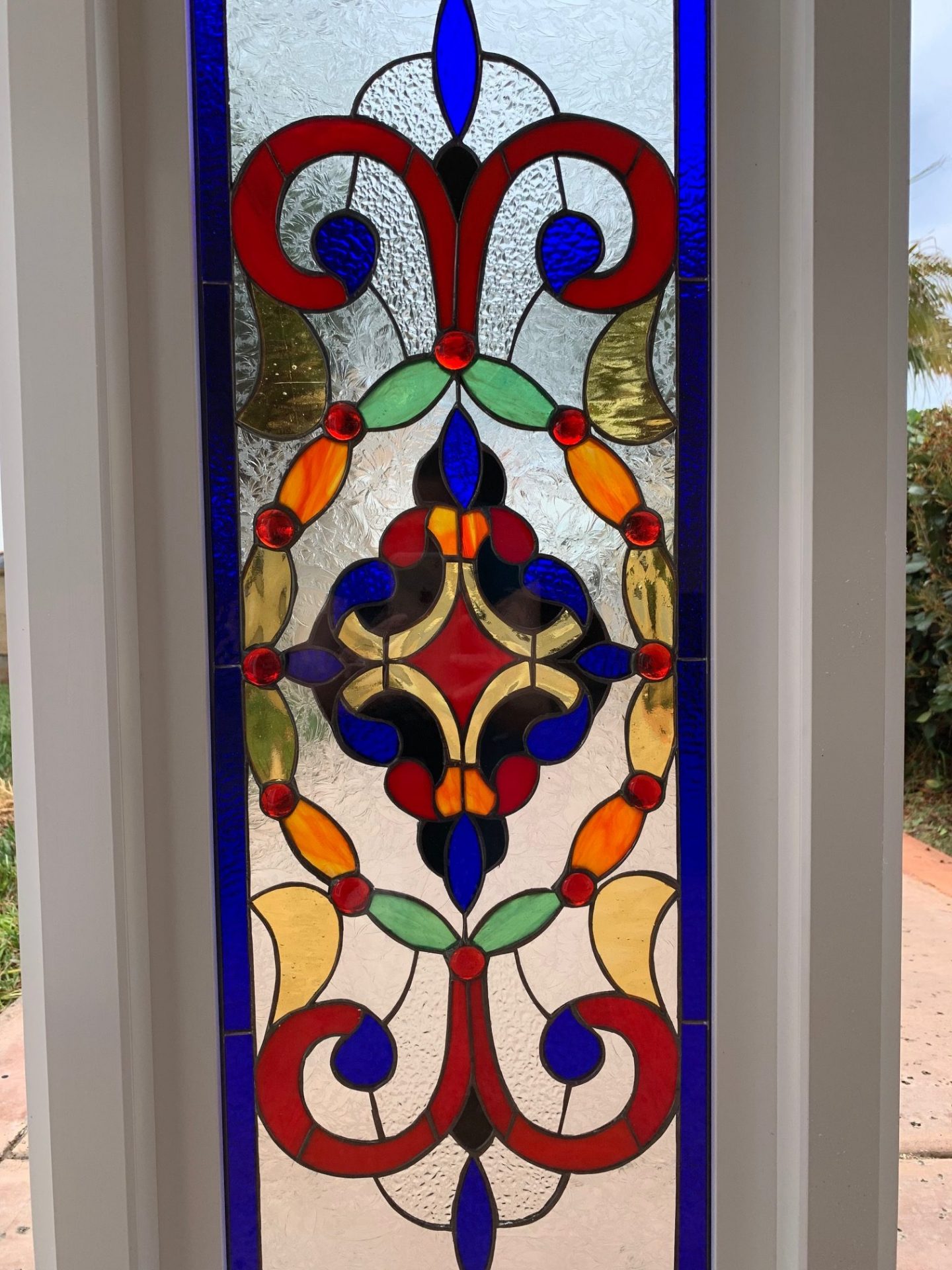
| Style | Description | Best Suited For |
|---|---|---|
| Victorian | Intricate patterns with vibrant colors. | Historic homes |
| Art Deco | Geometric shapes and bold colors. | Modern interiors |
| Renaissance | Religious themes with rich detail. | Places of worship |
Modern Interpretations
Today, stained glass artists are pushing boundaries, creating contemporary designs that resonate with modern aesthetics. These include:
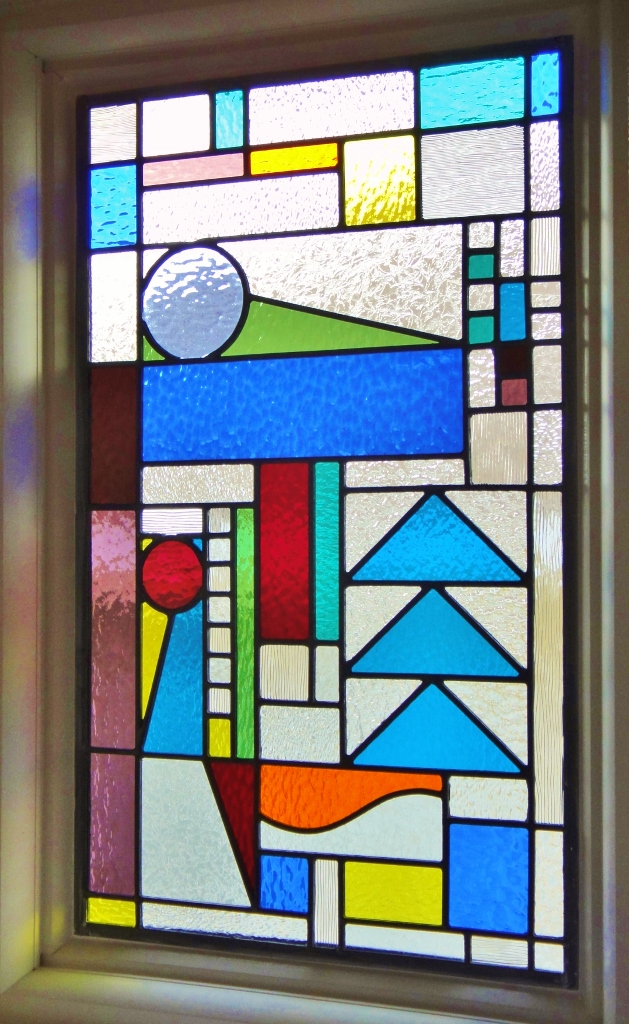
- Abstract designs: Using shapes and colors to evoke emotion.
- Nature themes: Beautiful representations of flora and fauna.
- Customized pieces: Tailored to the homeowner’s preferences and space.
Benefits of Decorative Stained Glass Windows
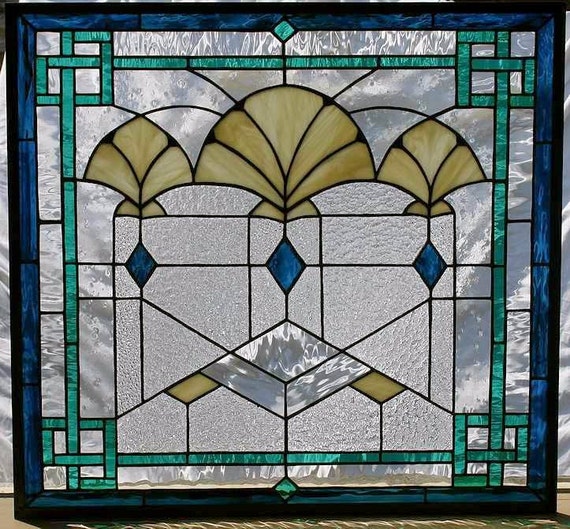
Incorporating decorative stained glass windows into your home can provide numerous benefits:
Aesthetic Appeal
Whether it’s a grand entrance or a cozy nook, stained glass elevates the visual appeal of any space. The play of light and color adds a unique atmosphere that regular glass cannot replicate.

Privacy without Sacrifice
Stained glass offers a level of privacy while still allowing natural light to filter through. This makes it ideal for bathrooms or street-facing windows.
Energy Efficiency
Insulated stained glass windows can provide an additional layer of thermal resistance, helping to maintain your home’s temperature.
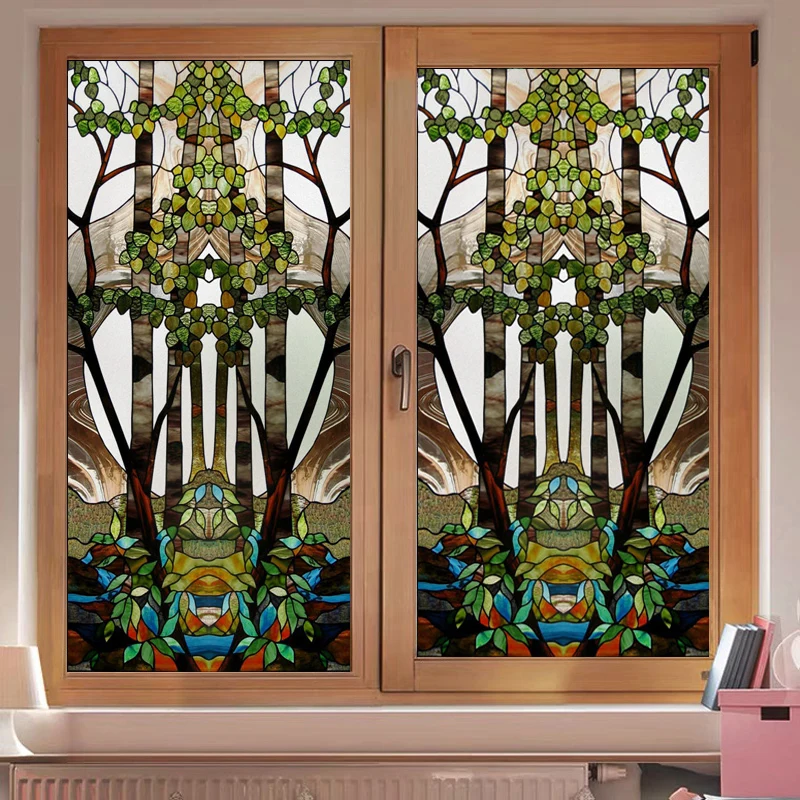
Installation Considerations
Installing stained glass windows can be a significant investment, so it’s important to consider several factors before proceeding.
Professional vs. DIY Installation
While some ambitious DIY enthusiasts might attempt to install stained glass themselves, hiring a professional is often recommended for the best results. Here’s a comparison to guide your decision:
| Aspect | DIY Installation | Professional Installation |
|---|---|---|
| Cost | Lower initial cost | Higher, but includes expertise |
| Skill Level | Requires knowledge of glasswork | Expert craftsmanship |
| Time | Potentially time-consuming | Usually quicker installation |
| Final Result | May vary in quality | Professional finish |
Cost Considerations
The cost of stained glass windows can vary widely based on several factors:
- Size: Larger windows will cost more.
- Complexity of design: Intricate designs require more time and skill.
- Materials used: High-quality glass will increase costs.
Maintenance and Care for Stained Glass Windows
To keep your stained glass looking vibrant, proper care is essential. Here are some maintenance tips:
Regular Cleaning
Use a soft cloth and a mixture of mild soap and water to gently clean your stained glass. Avoid abrasive materials that could scratch the surface.
Inspect for Damage
Regularly check for cracks or loosening lead joints. Early detection can save costly repairs later.
FAQs About Decorative Stained Glass Windows
What is the best location for stained glass windows?
Stained glass windows work well in living rooms, entryways, and bathrooms. Consider placing them where natural light can enhance their beauty.
How much do decorative stained glass windows cost?
Prices vary based on size, complexity, and materials but can range anywhere from a few hundred to several thousand dollars.
Can stained glass windows be repaired?
Yes, skilled professionals can repair stained glass. It’s crucial to address issues early to prevent further damage.
Are stained glass windows energy efficient?
Insulated stained glass windows can improve energy efficiency. Discuss options with your installer to understand the best choices for your home.
Conclusion: A Timeless Addition to Your Home
Decorative stained glass windows offer a unique blend of beauty, privacy, and energy efficiency, making them a fantastic choice for any homeowner looking to enhance their space. Whether you choose a classic design or a modern interpretation, these windows are more than just decorative pieces—they are works of art that tell a story. From my personal experience, incorporating stained glass into my home created an unparalleled atmosphere, turning ordinary spaces into extraordinary ones.
So, if you’re considering this enchanting addition to your home, weigh your options, consult with professionals, and most importantly, let your personal style shine through. You won’t regret the impact these stunning windows can have on your living space.